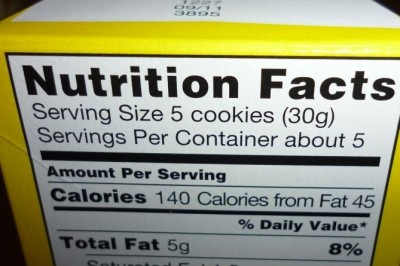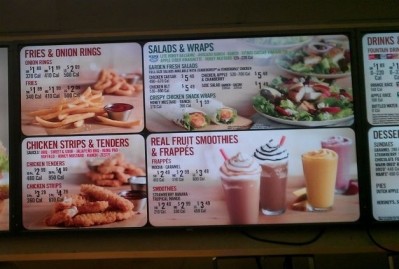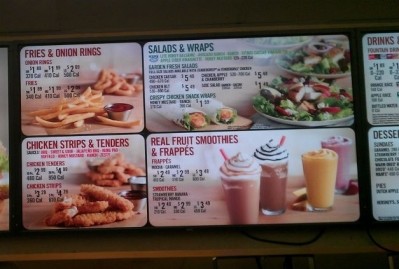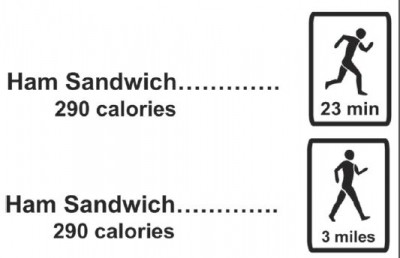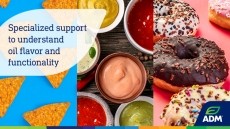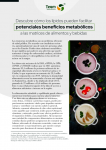Kids use menu calorie info, but fast food junkies tune out, study finds

The report found that the calorie info was used more often by girls and obese youngsters than boys or youth with a healthy BMI. But it also found that youth who ate in such restaurants most frequently were least likely to use the information.
The study, published in the Journal of Public Health, has found that of young people who visited fast food or chain restaurants in the US in 2010, girls and youth who were obese were more likely to use calorie information given in the restaurants to inform their food choices. It also found that young people eating at fast food or chain restaurants twice a week or more were half as likely to use calorie information as those eating there once a week or less.
The proliferation of fast food restaurants has been cited as a contributing factor to the threefold rise in childhood obesity in the US in recent decades. Menu items in these restaurants tend to be higher in calories, salt, and fat than home-cooked food.
A US federal law that requires restaurants with at least 20 locations nationally to list calorie information next to menu items, and to place prominent information about suggested daily calorific intake on menus has been written into law, but has not yet been implemented. Other US jurisdictions require such labeling.
Large sample size
Dr. Holly Wethington and colleagues of the U.S. Centers for Disease Control and Prevention’s Division of Nutrition, Physical Activity, and Obesity, studied a sample of 721 American youth aged 9 to 18 years through mail surveys in Autumn 2010. Respondents were asked, “When calorie information is available at a fast food/chain restaurant, how often does this information help you decide what to order?” Information on age, gender, height, weight, and frequency of fast food meals The sample had a higher proportion of boys (56.4%) and a higher proportion of respondents were aged 12-14 years (32.2%). Most youth had a healthy weight as assessed by BMI (65.8%), while 13.3% were classified as obese.
Of those who reported eating at fast food/chain restaurants, 65.6% reported going once a week or less, while 34.4% said they went two or more times a week. When asked about using calorie information when it was available, 42.4% of youth reported using it, while 57.6% reported never using it. Youth who reported they never eat at fast food or chain restaurants (about 8%) or who reported they never noticed calorie information (about 20%) were excluded from the analysis.
The study found that girls were 80% more likely to report using calorie information at fast food/chain restaurants than boys, and that obese youth were about 70% more likely to report using calorie information than those at a healthy weight. Unfortunately, those youth who ate at fast food/chain restaurants twice a week or more were 50% less likely to report using calorie information than those eating there once a week or less.
Results seen as encouraging
“Our findings are important given the high prevalence of obesity among youth and the adverse health effects associated with obesity. It is encouraging that a large number of youth, particularly youth who are obese, reported using the calorie information. This may have potential to lead to improved food and beverage choices as a way to manage weight, although more research is needed to assess whether youth know how many calories they should consume in a day given their activity level,” Dr Wethington said.
“Public health practitioners, school nutrition services, retailers, and other interested groups can consider implementing complimentary education programmes to improve youth’s understanding of calorie information to hopefully make calorie labeling part of a successful weight management strategy.”
"It's good news that some young people want to understand more about the food they're eating and are using calorie information when they eat in fast food restaurants. But to tackle obesity effectively, we need to know more about why so many young people do eat fast food so often,” said professor Lindsey Davis, president of the UK Faculty of Public Health.
Source: ‘Use of calorie information at fast food and chain restaurants among US youth aged 9-18 years, 2010’ by Holly Wethington, Leah Maynard, Heidi M. Blanck Journal of Public Health, DOI: 10.1093/pubmed/fdt049
